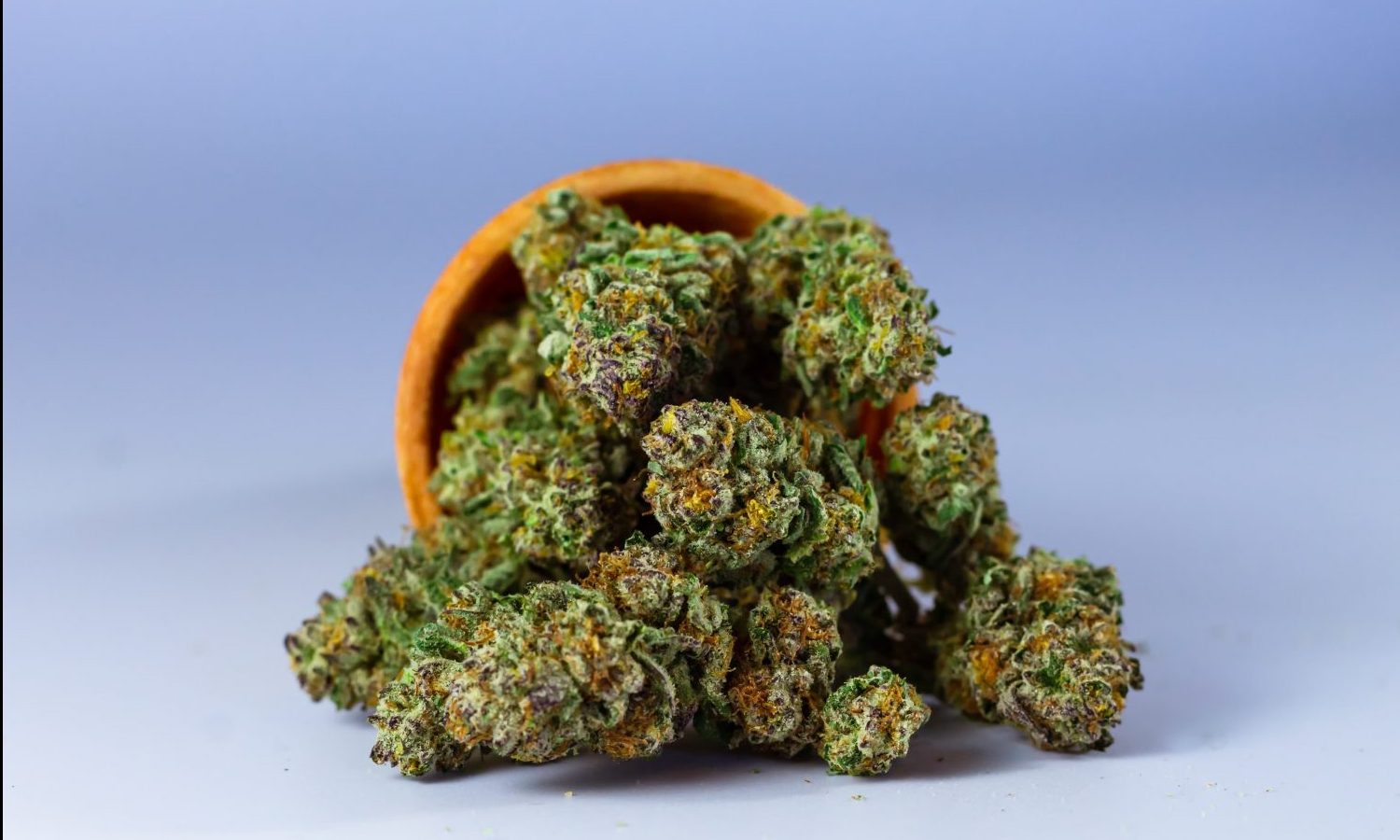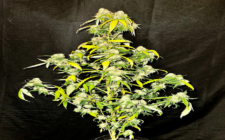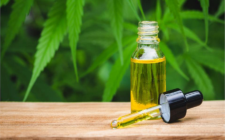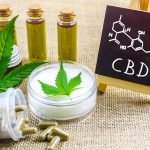Delta 8 is an extremely beneficial chemical component of marijuana with effects that can serve both clinical and recreational customers alike.
Found in marijuana plants in extremely small amounts, it’s worth depends on its stability and efficiency.
– However, why is it that we listen to so little about this cannabinoid? And exactly how can it boost customers’ experience with marijuana?
Of the 80 cannabinoids located in marijuana, the one that gets most focus is definitely delta-9-tetrahydrocannabinol (Delta 9-THC), typically known as just THC. In charge of the psychoactive effect of the plant and found in greater quantities than any other cannabinoid, THC is the star of the cannabis market, besides perhaps its villain CBD, however it’s not the plant’s only compound determined by the acronym THC.
Delta-9-tetrahydrocannabinol is oxidized right into an isomer called delta-8-tetrahydrocannabinol (Delta 8-THC), an ageing procedure that leads to 2 analogue phytocannabinoids with really similar chemical structural formulae. The only distinction remains in the setting of their dual bond, which is expressed as “delta” for the compound.
So while both delta-8-THC and delta-9-THC consist of a dual bond, this is located at a different chain setting which is expressed respectively as “8” and “9”, delta-8-THC’s dual bond is found at the eighth carbon atom in the chain and delta-9-THC is one carbon atom later . It is thanks to these molecular similarities that delta-8-THC can offer amazing therapeutic impacts with substantially lower psychedelic potency than its loved one delta-9-THC.
How is Delta 8 THC synthesized?
Like all various other primary cannabinoids located in cannabis, Delta 8 is manufactured from cannabigerolic acid or CBGA, the acidic type of CBG. Often described as a “marijuana’ stem cell”, CBGA is the molecule responsible for creating a variety of other cannabinoids including THCA, which is manufactured in mature marijuana from this stem cell molecule. When the plants are gathered and subjected to heat or UV light, the THCA they have is decarboxylated, shedding a CO2 particle and ending up being delta-9-THC or just THC, after which it is transformed into delta-8-THC by oxidation.
Because this minimally recognized cannabinoid is formed by oxidation, the resulting molecule is not changed when exposed to air, making it particularly beneficial for pharmaceutical use. One significant disadvantage, nevertheless, is that while delta-9-THC can get to concentrations of 30 per cent in some pressures, delta-8-THC only exists normally in small quantities less than 1 percent, implying the only way to appreciate its impacts is in the kind of refined concentrates. While the molecule has actually shown assurance in various research studies, its benefits are not yet commonly identified, so its use is not extensive.
Hope you find the article useful.











